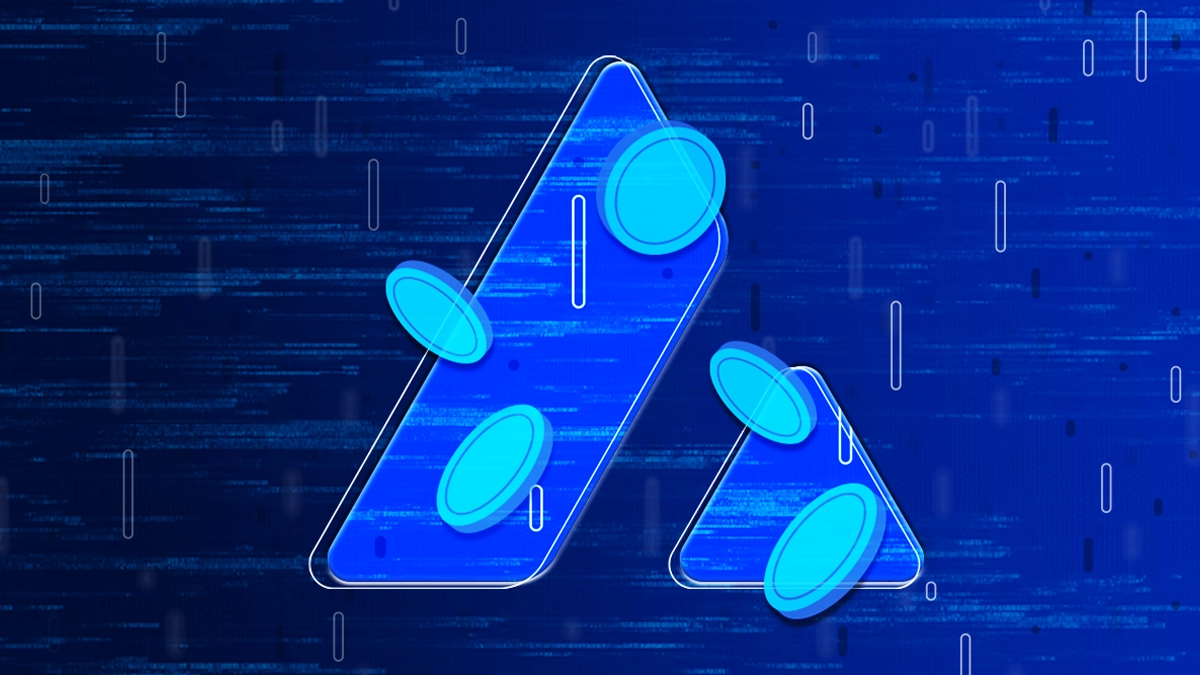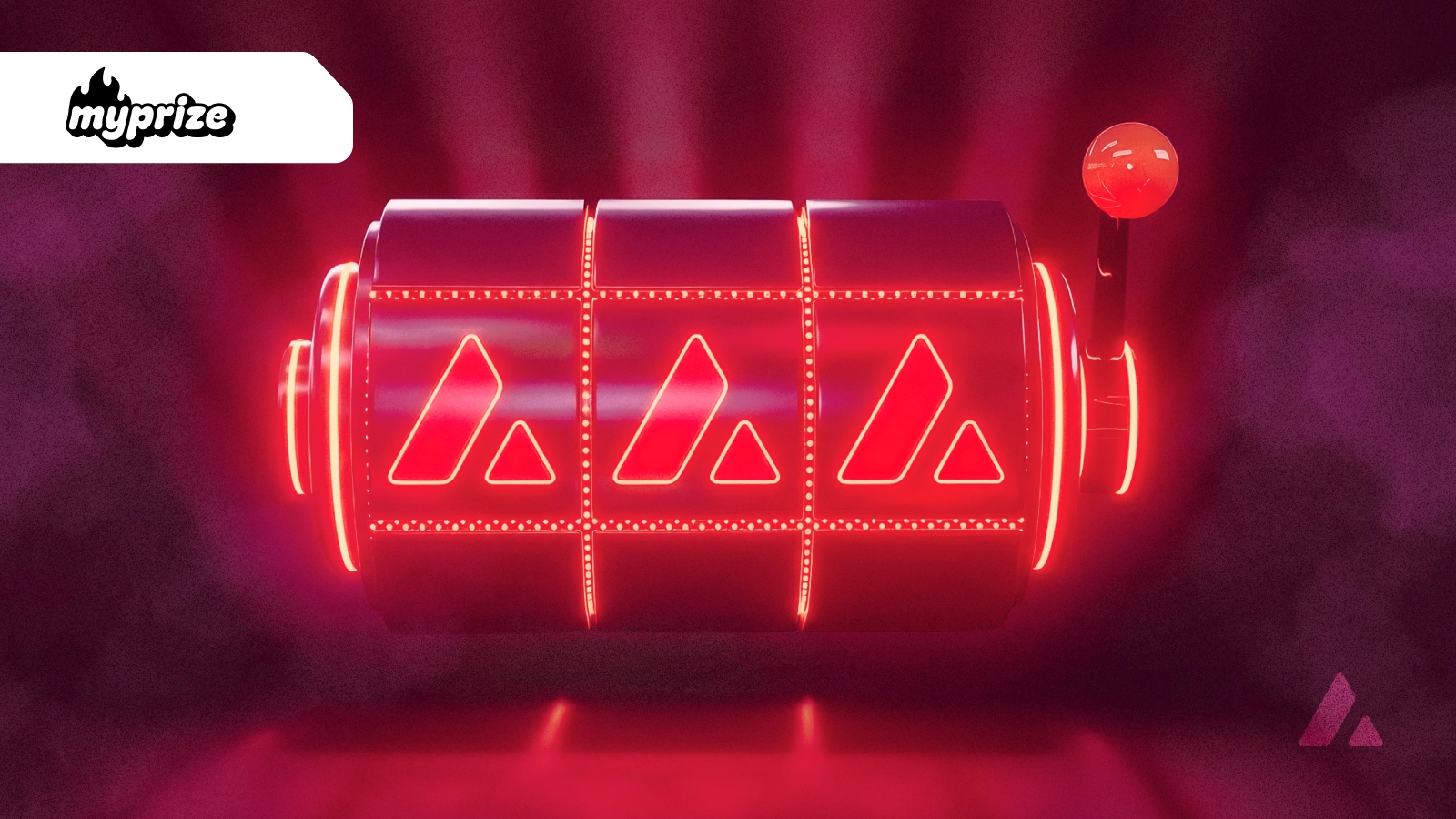Tokenomics 101: The Blockchain Big Picture
Tokenomics 101: The Blockchain Big Picture
Sep 1, 2025 / By Avalanche / 6 Minute Read

Learn how token economies are often run, how they could be run better, the advantages and disadvantages of tokenization, and more.
Tokenomics is one of the most misunderstood and unexploited concepts in blockchain. It’s pitched as a science, treated like alchemy, and often executed like a scam. But when done right, tokenomics can overcome the shortcomings of traditional economics and unlock real innovation.
The Avalanche platform gives developers the clarity, scalability and customizability they need to design their own economic models. Before you get started, here’s what every developer should know about tokenomics.
What Is Tokenomics?
Tokenomics is the economic system behind a blockchain protocol or application. It governs how tokens are created, distributed, used, and removed from circulation.
Essentially, it’s a design framework for aligning incentives between builders, users, validators, and investors. It's the difference between a thriving ecosystem and a ghost chain.
Tokenomics answers critical questions:
Who gets tokens, and why?
What gives the token value?
How does the token circulate within the ecosystem?
What behaviors does it incentivize—or discourage?
How does the system evolve as usage grows?
In traditional finance, these roles are filled by legal contracts and centralized authorities. In blockchain, it’s code.
Key Components of Tokenomics
Supply Mechanics: The key supply questions are: will there ever be more tokens, and if so, how are they issued? Supply of tokens can be fixed (a hard cap on the maximum supply), inflationary (new tokens are continually added) and/or deflationary (tokens are destroyed to create validators, for example).
Utility: What does holding a token do for the bearer? Tokens can be used to pay gas fees, grant access to content, give someone a stake in decision making, and much more.
Distribution: Who holds the token at launch, and how does that change over time? This component is interlinked with supply mechanics, too. When tokens are generated, how are they made available?
Incentives: In a decentralized system, participation is voluntary. What motivates validators, developers, and users to participate in a particular token economy versus another?
Governance: Decentralized doesn’t mean ungoverned. A tokenomics system should specify who gets to propose and vote on issues like protocol upgrades.
Of course, you don’t have to answer all of these questions once and for all before you launch. The best tokenomics models evolve with usage.
Avalanche doesn’t impose a one-size-fits-all answer. We give builders the tools and flexibility to define and design their own models. Want a fixed supply gas token? A dynamic staking economy? Permissioned governance? On your chain, you set the rules.
The Problem with Most Token Models
Let’s be honest. Many tokenomics models in play today sacrifice long-term stability for short term gains. Teams pump speculative assets with high emissions, vague utility, and centralized control, only to watch the network decay once the hype fades.
These systems have a few design flaws in common:
Unsustainable emissions models
Inflated token utility that doesn't map to real usage
Governance that's decentralized in name only
Circular incentive loops that collapse when new entrants stop coming in
In these models, developers are left footing the bill. They’re paying high gas fees, chasing liquidity, and stuck building on infrastructure optimized for speculation, not scaling.
What Could a Balanced Tokenomic Model Look Like?
The Avalanche team is pushing towards more flexible, scalable, sustainable, and useful tokenomics models. With the right incentives in place, builders can pursue projects based on the utility they will bring to a targeted group, rather than chasing trends.
Avalanche as a platform is designed to support these models:
Builders have the flexibility to design staking and gas models that reflect their app’s real-world use cases.
Validator status is more accessible and doesn’t require staking large amounts of AVAX.
Communities govern their own rules, including compliance, jurisdiction, and validator participation.
Liquidity flows across apps without needing to fragment or bridge away from security.
Why Morality Matters in Tokenomics
Tokenomics isn’t morally or ethically neutral.
Designing token systems means designing economies—and those economies affect people. Bad token models leave someone holding the (empty) bag. Good ones create builders and users with aligned incentives. As a developer, your token model is part of your ethical responsibility.
Avalanche gives you the architectural power to make that responsibility count. We believe infrastructure should empower innovation—not trap it in closed systems or extractive games.
Avalanche’s Take: Tokenomics as Developer Infrastructure
Avalanche is not here to dictate how your token model should work. We're here to give you the tools to design one that actually fits.
With Avalanche, you can:
Launch your own L1, with full control over gas tokens, staking economics, inflation, and governance.
Avoid unnecessary costs. You no longer need to stake 2000 AVAX or validate the Primary Network. Your chain, your rules.
Tap into a liquidity hub. The C-Chain is the economic core. Connect to it, and your app gains access to tools, capital, and users from day one.
Build compliance with the protocol. Custom validator permissions and geo-fencing features allow you to meet legal and jurisdictional needs.
And through Avalanche Interchain Messaging (ICM), these L1s aren’t isolated islands—they’re interoperable parts of a larger economic engine.
Real-World Tokenomics: Beyond Speculation
One of the most exciting aspects of tokenomics is the ability to create a digital token of a physical asset.
When you tokenize something—real estate, art, debt, or revenue streams—you’re giving it digital life. And with the right infrastructure, that token can be owned, transferred, collateralized, and governed with transparency and efficiency.
Real Estate
Traditionally, fractional ownership of property is unwieldy and gated by legal and geographic friction. But on Avalanche, a developer can tokenize a property into 1,000 shares, issue tokens representing ownership, and even embed rental income distribution into the smart contract. Each token holder gets a slice of income—automatically.
Invoices and Receivables
Companies with large accounts receivable can tokenize future cash flows. This creates real-time liquidity for businesses that would otherwise wait 30, 60, or 90 days for payment.
Art and Intellectual Property
Artworks, music royalties, and intellectual property rights can all be tokenized. This allows for fractional ownership and royalty distribution. For example, an Avalanche chain for creators might enable artists to mint tokens representing shares in a music catalog. Fans could invest in songs and receive automatic royalties when the music is streamed.
Carbon Credits
Carbon markets are fragmented and opaque. Tokenizing verified carbon credits on Avalanche opens up transparent, traceable trading markets—and can even enforce expiry and compliance rules at the token level.
Design Your Own Model on Avalanche
If you're a builder entering the world of tokenomics, you have the chance to define how people interact with what you’re building. You can define the economy and create something real and sustainable—something that can support a long-lasting and thriving community.
On Avalanche, you don’t have to compromise on scalability, decentralization, or compliance. You don’t have to conform to someone else’s economy. You get to build your own.
Learn more about building on Avalanche.




